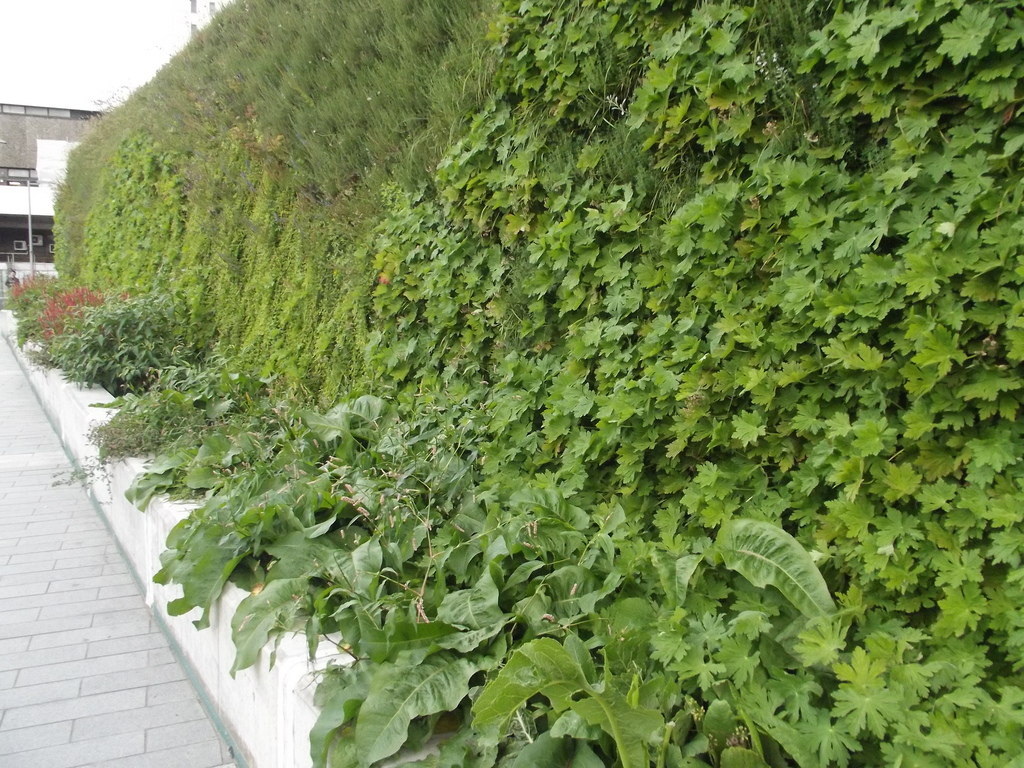
Australia’s local councils will find it easier in the future to demonstrate the value of green infrastructure, such as pathways and rivers, with the development of the country’s first Economic Framework for Green Infrastructure.
The framework, which was produced by a group of Victorian councils, Victoria University and the Victorian State government, finally gives local government a way of assigning a dollar value to wetlands, parks, open spaces, living walls, urban forests, cemeteries, sports fields and roof gardens – commonly termed ‘green infrastructure’ or ‘urban greening.’
While it has long been commonplace to assign an economic value to traditional “grey” infrastructure such as roads, buildings and bridges, it has not been possible before to do the same thing with urban attempts to address issues such as climate change, liveability of cities, air pollution and water scarcity, which often delivers multiple environmental, economic and social benefits.
City of Melbourne council’s Environmental Portfolio chair Arron Wood said the new methods would help local councils make critical investment decisions in the future.
“This framework will support better decision making and smarter investment for local government. We know that green is fundamentally good for our cities, but we have to make the business case stack up,” Mr Wood said.
Theframework says the role and value of green infrastructure has not been well understood in Australia, partly because it is a new area of practice with incomplete evaluation tools and methods.
“It is seen in many councils as peripheral to other forms of more established forms of infrastructure,” says the report.
“Some of the associated benefits are intangible (non-monetary) which are often overlooked as they are difficult to quantify, particularly in relation to future savings.
“As a result, business cases for this area do not include all the relevant information and can result in decision makers being unable to make fully informed decisions. This has meant that opportunities to improve these assets or maximise their benefits have not been taken up.”
Chancellor of Victoria University, George Pappas, said green infrastructure helps preserve and enhance Melbourne’s liveability.
“Melbourne keeps winning awards for being the world’s most liveable city, and why? Our green infrastructure plays a big part,” Mr Pappas said. “We have well established ways of putting together business cases for roads and drains, but not for green infrastructure such as urban forests and water recycling.
“If we want to improve our liveability in a hotter, more changeable climate, we need to invest in green infrastructure projects, both big and small. The framework will help councils build better business cases for doing so.”
For example, the framework evaluates an urban water management project at the Brooklyn Industrial Precinct, which houses more than 60 industries 10km from Melbourne’s CBD.
The site’s unsealed lots yield about three times the natural run-off, which funnels over 110 tonnes of pollutants into local creeks and the air quality is the worst in Melbourne.
Brimbank City Council developed a business case and a vision for an integrated water management system for the site, which could include sediment and erosion management plans, perimeter greening, rain gardens, green roofs, rainwater tanks and stormwater detention and reuse.
The council used the Economic Framework for Green Infrastructure to assess the current community costs of not doing anything, for example, the market value of water use and waste water and the cost of monitoring, compliance and managing air pollution, as well as the direct and indirect health and welfare costs of air pollution on affected residents.
It also looked at the economic benefits of taking action, for example, the substitution of potable water by recycled water and rainwater and better human health from reducing air pollution.
The Framework shows how to value green infrastructure, outlines a full lifecycle management process to help daily decision making and explains the economic methods used.
The Victorian State Government provided $250,000 for the development of the economic framework.
Comment below to have your say on this story.
If you have a news story or tip-off, get in touch at editorial@governmentnews.com.au.
Sign up to the Government News newsletter
